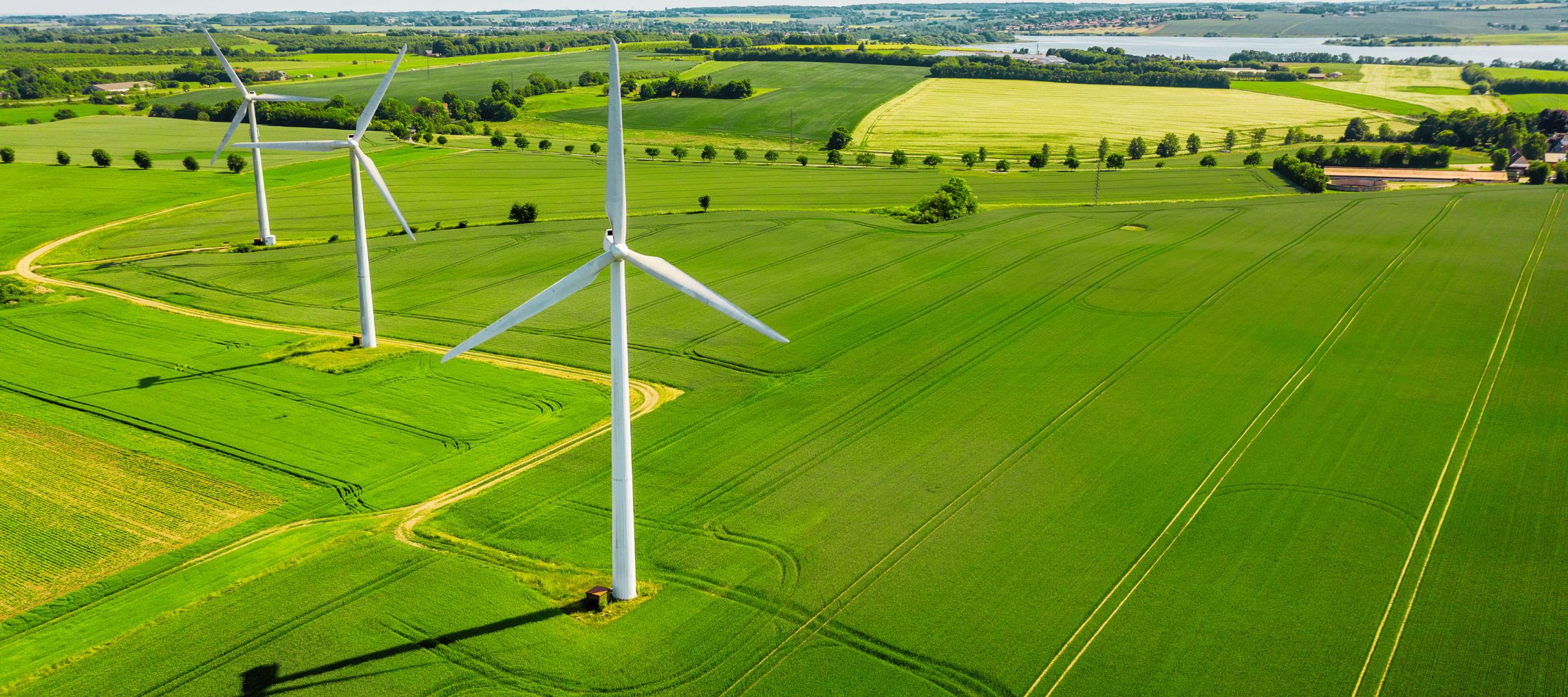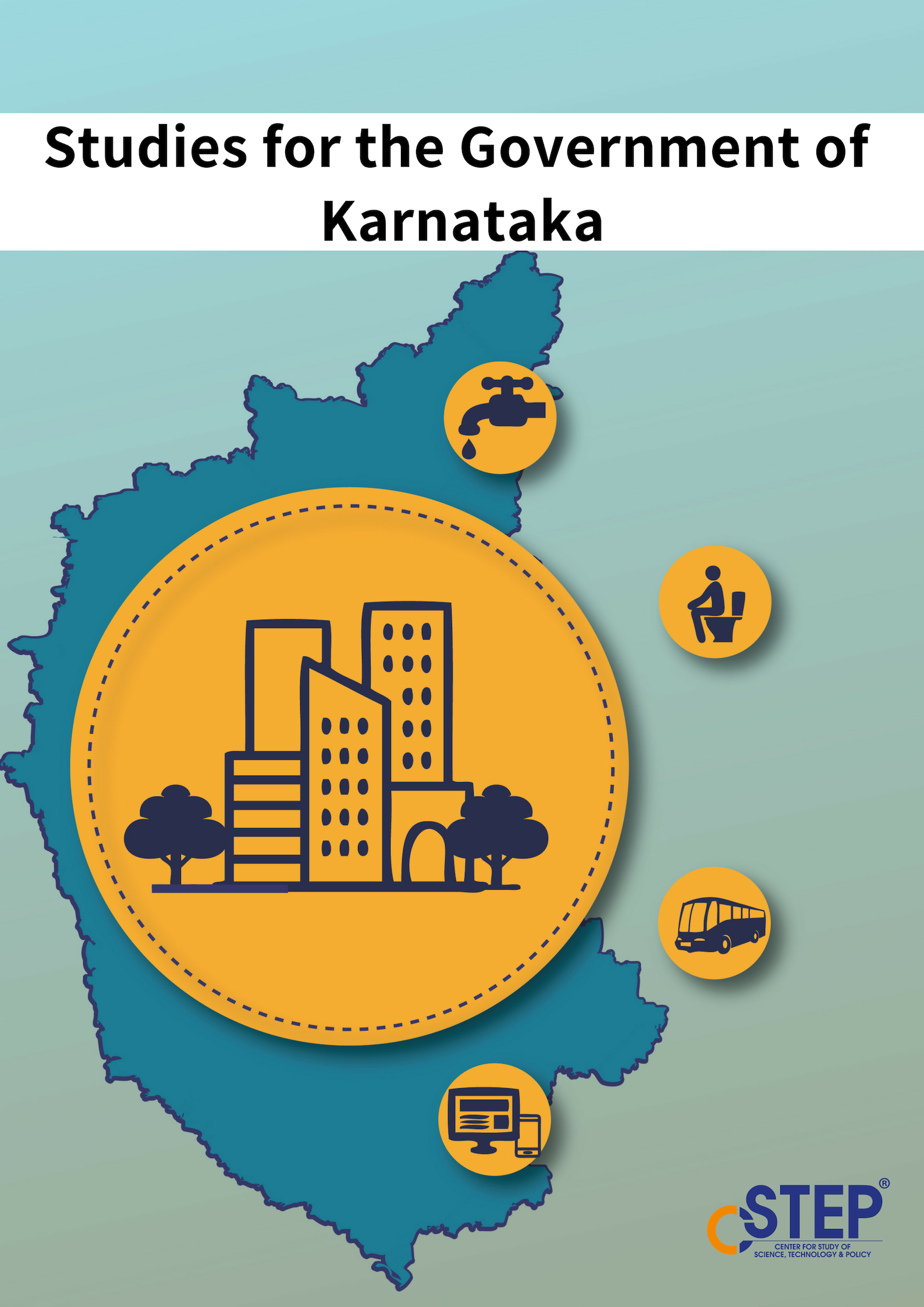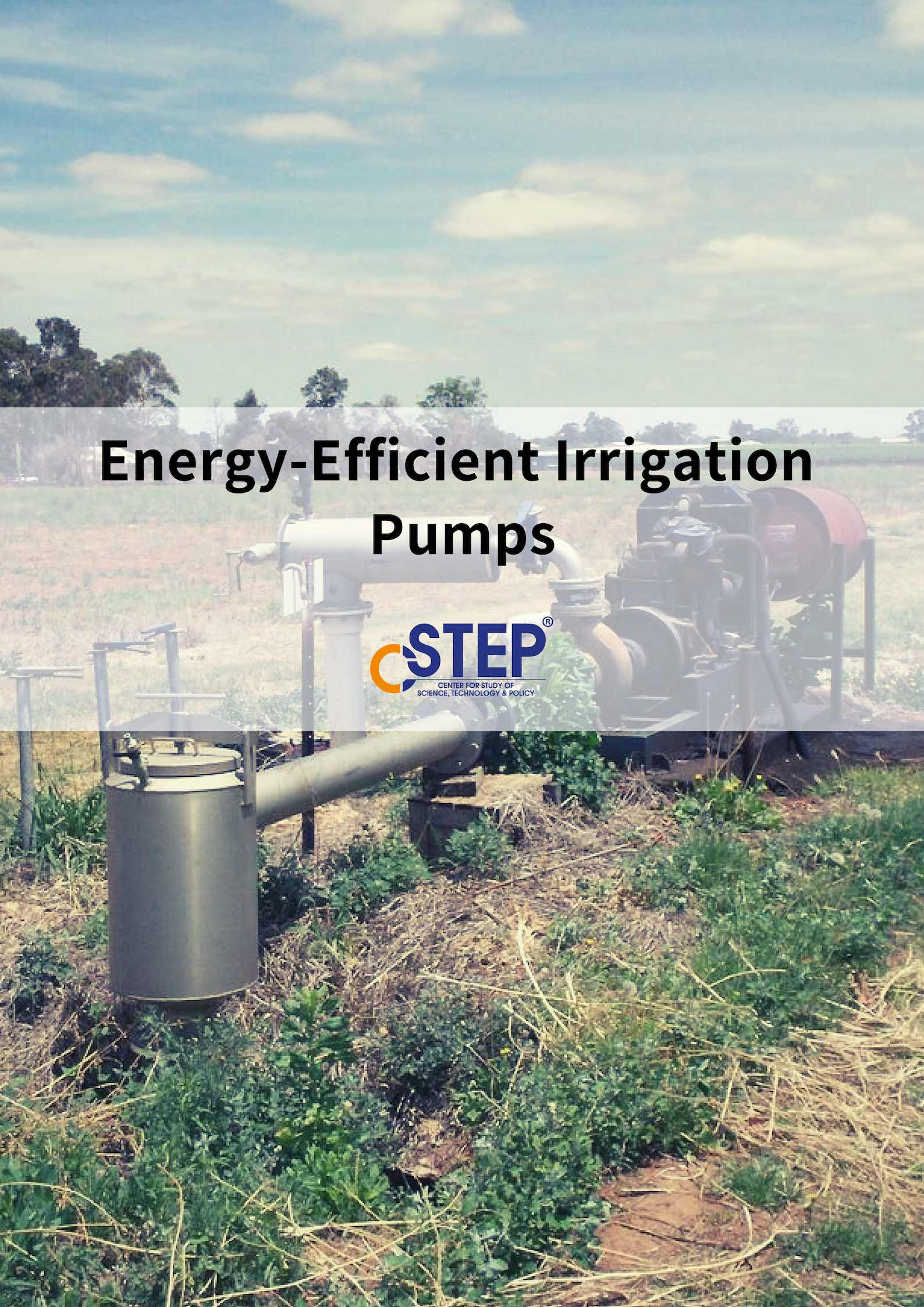Energy is a key factor in combating climate change, one of the biggest challenges the world is facing today. India has committed to cutting emissions to net zero by 2070 and set ambitious targets for adopting renewable energy. Achieving these targets requires careful planning and an overhaul of our current energy system.
Our work aims at enabling policies that encourage the adoption of rooftop solar, facilitate the development of technology for energy storage, strengthen the grid and transmission infrastructure, advance hydrogen technologies, and promote green mobility. CSTEP's research looks at the various aspects of mainstreaming renewable energy for a cleaner, greener energy sector.













Decarbonising the MSME manufacturing sector in India
Small industries or micro, small, and medium enterprises (MSMEs) are a crucial sector in India’s development. They have a large carbon footprint, partly because of the nature of energy consumption, with over 80% of the energy consumed being required for thermal processes to produce heat (e.g. in boilers and furnaces). These thermal energy demands have traditionally been met through fossil fuel sources (such as coal, natural gas, and pet coke), making MSMEs a hard-to-abate sector.
Annual Report 2023-2024
Our Annual Report 2023–2024 highlights how CSTEP's innovative solutions are driving a change on the ground. We continue to be the catalyst for change by conducting analysis, building tools to support decision-making, and developing innovative approaches to problems.
Press Release: Scope for deep decarbonisation in the MSME manufacturing sector
Bengaluru, 28 June 2024: The Micro, Small and Medium Enterprises (MSMEs) contribute to 31% of India’s gross domestic product, almost 50% of exports, and 57% of all employment in manufacturing sectors, making them crucial to the economy. However, they are highly energy- and emission-intensive.
Scope for deep decarbonisation in the MSME manufacturing sector
The Micro, Small and Medium Enterprise (MSME) industries are still majorly dependent on fossil fuels for their energy requirements, making them particularly susceptible to increasing fuel prices. With energy costs having a substantial share in the overall manufacturing costs, the need for sustainable alternatives is crucial. Decarbonisation of MSMEs is necessary to reduce fossil fuel dependency in the industrial sector.
EV perceptions and usage patterns: Lessons from four Indian cities
Electric vehicles (EVs) are a technologically evolving industry that can help reduce fossil-fuel consumption and the associated import
The power distribution sector: The final challenge to India’s green transformation
While clean power generation is crucial, India’s energy transition requires concerted efforts from all actors in the power sector value chain. This book chapter explored the critical role of India’s distribution companies (DISCOMs) where operational, financial, and political challenges accumulate. After presenting the institutional genesis of Indian DISCOMs, we discussed these issues and shed light on the strengths and opportunities of DISCOMs in enabling a successful transition to a clean energy future.
A customised strategy can take Kerala’s power sector towards its net-zero goals
The progress towards India’s ambitious net-zero goals requires that all states contribute to it. Some states have been quite proactive, announcing their own (state) net-zero targets. Kerala is one of the first states to do this, besides Gujarat, Maharashtra, Tamil Nadu, and a few more. While India has pledged to achieve net zero by 2070, Kerala aspires to do so by 2050, along with an aim to meet 100% of its energy needs through renewable energy (RE) sources by 2040.
Could MSMEs provide a second chance for solar thermal technologies?
India’s nationally determined contribution (NDC) target has been updated to achieve 50% cumulative electric power installed capacity from non-fossil fuel sources by 2030.
EV perceptions and usage patterns: Lessons from four Indian cities
Electric vehicles (EVs) are a technologically evolving industry that can help reduce fossil-fuel dependency and the associated trade deficit.
EVs can also help the country achieve its net-zero goals and improve the deteriorating urban air quality.
Accelerating the future of solar energy in India through AI
As India fully embraces the renewable energy (RE) transition and works to achieve its energy targets, harnessing the potential of artificial
intelligence (AI) can cause a transformative shift in the energy sector and pave the way for a smart energy future.
